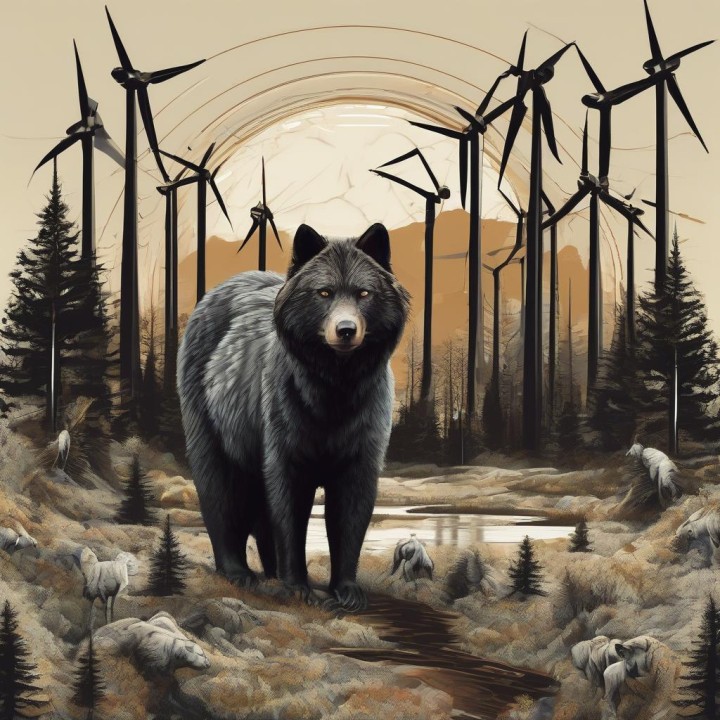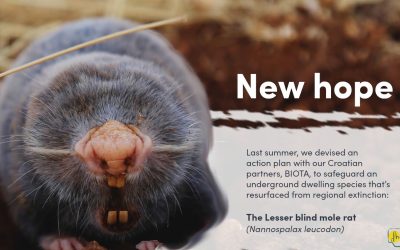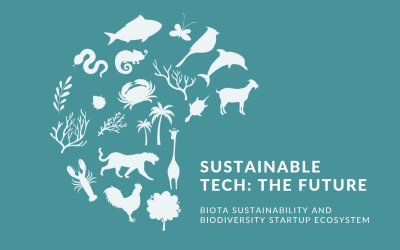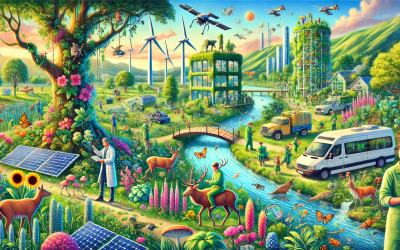Picture this: a hidden world where cameras spy on bears, wolves, and lynxes, documenting their every move as humans plan to harness the wind. Welcome to the quirky realm of the BIOTA wildlife monitoring: where wildlife and wind farms collide in a story of ecological intrigue and unexpected encounters. Strap in for a journey through EU’s wilderness, where cameras capture more than just snapshots – they unveil the untold stories of nature’s giants amidst the buzz of renewable energy dreams.

Imagine delving into the heart of Croatia’s majestic mountains, where hidden cameras silently capture the dance of brown bears, gray wolves, and Eurasian lynxes. That’s precisely what our team at BIOTA did during twelve months of groundbreaking research for a top-secret wind farm project.

Croatia, with its rich biodiversity boasting 90 indigenous mammal species, is home to iconic creatures crucial for maintaining ecological balance. Yet, the impact of wind farms on these magnificent animals remains largely unexplored. As wind energy gains momentum, understanding its effects on our natural habitats becomes paramount.

Deploying 31 stealthy camera traps across the rugged terrain, our project unveiled a treasure trove of wildlife activity. From the majestic brown bears spotted 56 times to the elusive gray wolves and lynxes, each sighting painted a vivid picture of life in the mountains.
In total our large carnivore team spent twelve months doing zero baseline monitoring for the construction planning of this wind farm in Croatia. This research marks the initial step in assessing the impact of the planned infrastructure on animal populations, particularly the presence of large carnivores – brown bears, gray wolves, and Eurasian lynx.

The Republic of Croatia stands out as one of the eight European countries with the highest number of indigenous mammal species, including 90 indigenous and 101 total mammal species. Large carnivores, such as brown bears, gray wolves, and Eurasian lynx, are vital components of Croatia’s ecosystems, and their presence indicates habitat preservation.

The impact of wind farms on these animals has not been extensively studied thus far, but with the growing development of the industry, it is becoming increasingly important to understand how these infrastructural changes affect natural ecosystems. Road density and the sound of wind turbines can significantly impact the habitat of large carnivores, fragmenting their large habitats into smaller isolated parts.

Yet, amidst these challenges, our research shines a light on the importance of coexistence between renewable energy initiatives and wildlife preservation. By understanding how our actions impact the ecosystems we share with these magnificent creatures, we pave the way for a sustainable future.

Join us as we unravel the mysteries of Croatia’s carnivores and pave the path toward harmony between nature and progress.
BIOTA creates custom-tailored monitoring schemes for wildlife. For details contact us.





0 Comments